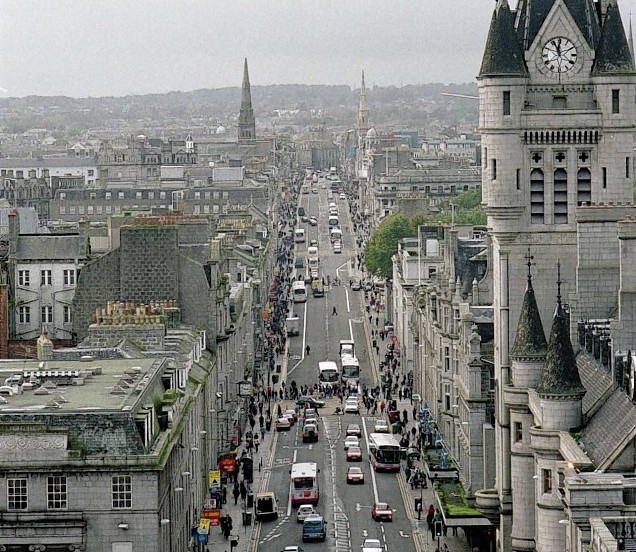Hotels in Aberdeen enjoyed a lift in occupancy levels in November although the recent rise in oil price has yet to filter through to the bottom line of the region’s hospitality industry, new figures show.
LJ Research’s latest Forecaster Scottish Intercity Report said the recent rebound of the oil price to above $50 a barrel was “likely noted with relief” in the Granite city although November’s figures do “not suggest that there will be a significant rebound anytime soon”.
The research revealed that occupancy rates in the city grew to 70% – 1.5 percentage points higher than November 2015. But November’s average room rates were £65.38 compared to £76.55 last year – a drop of 14.6%. As a result, revenue per available room (revpar) – a key hotel performance metric – decreased by 13%.
Alistair Dickson, partner at RSM, said: “Aberdeen’s hotel industry is more dependent on oil revenues than exchange rates and air passenger duty. This is reflected in the 70% occupancy rates and circa £65 room rates, far removed from the dizzying heights of £300 room rates of yester-year.
“Better times will come however, and recent rises in oil prices following the Opec agreement to cut production, opening the Western Peripheral route and a regenerated town centre all signal optimism in the market. Clever cash flow and financial management will help those impacted until the market uplift is realised.”
In Edinburgh, hoteliers sold 80.8% of their rooms during the month which was 0.3 percentage points higher than this month last year. In addition to increasing room occupancy, Edinburgh’s hoteliers also grew average room rates (ARR) from £84.75 in November 2015 to £100.76, an increase of a hefty 18.9%.
In Glasgow, November’s occupancy rate at 87.5% was 1.1 percentage points higher than last year. But more rooms were sold in return for lower average room rates: the ARR was £74.46 for a Glasgow city centre room which was 1.6% less than in November 2015.
